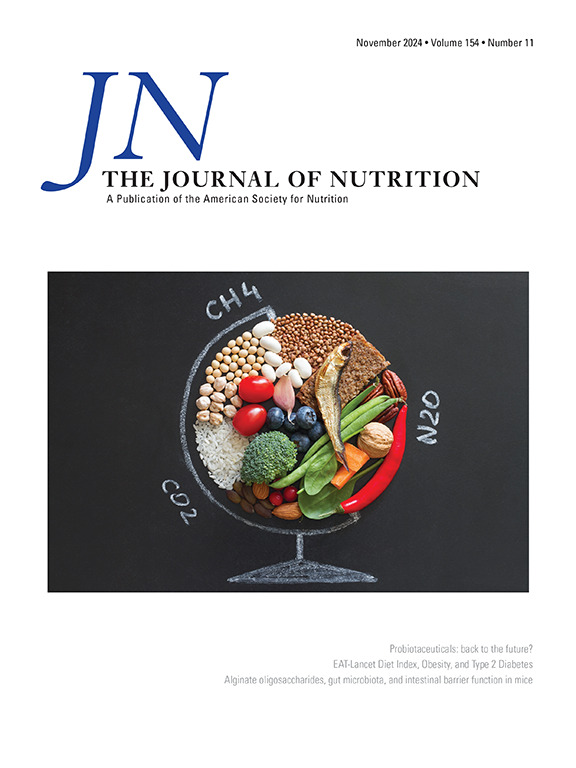大豆苷元的记忆增强作用,可能通过多巴胺能和乙酰胆碱依赖途径。
IF 3.7
3区 医学
Q2 NUTRITION & DIETETICS
引用次数: 0
摘要
大豆异黄酮大豆苷元(DZN)具有增强动物认知能力的作用。然而,这种影响的机制尚未被发现。为此,我们使用大理石掩埋、除尘、野外研究和计算机研究的小鼠模型来研究其增强记忆的能力。将成年雄性瑞士白化小鼠随机分为对照组(对照物:10 mL/kg)、DZN 5、10、20 mg/kg、多巴胺(激动剂:22 mg/kg)、加兰他明(抑制剂:3 mg/kg)和DZN-10与对照物的组合。DZN剂量依赖性显著(p 1, D3和D5受体)。综上所述,DZN可能通过与乙酰胆碱酯酶和多巴胺受体相互作用发挥其增强记忆的能力。本文章由计算机程序翻译,如有差异,请以英文原文为准。
Memory-Enhancing Effects of Daidzin, Possibly Through Dopaminergic and AChEergic Dependent Pathways
Background
The soy isoflavone daidzin (DZN) possesses cognitive-enhancing effects in animals.
Objectives
However, the mechanism for this effect is yet to be discovered.
Methods
For this, we investigate its memory-enhancing capacity using the mouse models of marble burying, dust removal, an open-field study, and in silico studies. Adult male Swiss albino mice were randomly assigned to different groups consisting of control (vehicle: 10 mL/kg), DZN 5, 10, and 20 mg/kg, dopamine (agonist: 22 mg/kg), galantamine (inhibitor: 3 mg/kg), and a combination of DZN-10 with standards.
Results
DZN dose-dependently and significantly (P < 0.05) increased marble burying and removed dust while decreasing the total distance in the open-field test (OFT). DZN-10 enhanced dopamine’s effect significantly (P < 0.05). In silico findings suggest that DZN has strong binding capacities of –10.3, –7.5, –9.8, and –9.2 kcal/mol to the acetylcholinesterase (AChE), D1, D3, and D5 receptors, respectively.
Conclusions
Taken together, DZN may exert its memory-enhancing ability by interacting with AChE and dopamine receptors.
求助全文
通过发布文献求助,成功后即可免费获取论文全文。
去求助
来源期刊

Journal of Nutrition
医学-营养学
CiteScore
7.60
自引率
4.80%
发文量
260
审稿时长
39 days
期刊介绍:
The Journal of Nutrition (JN/J Nutr) publishes peer-reviewed original research papers covering all aspects of experimental nutrition in humans and other animal species; special articles such as reviews and biographies of prominent nutrition scientists; and issues, opinions, and commentaries on controversial issues in nutrition. Supplements are frequently published to provide extended discussion of topics of special interest.
 求助内容:
求助内容: 应助结果提醒方式:
应助结果提醒方式:


